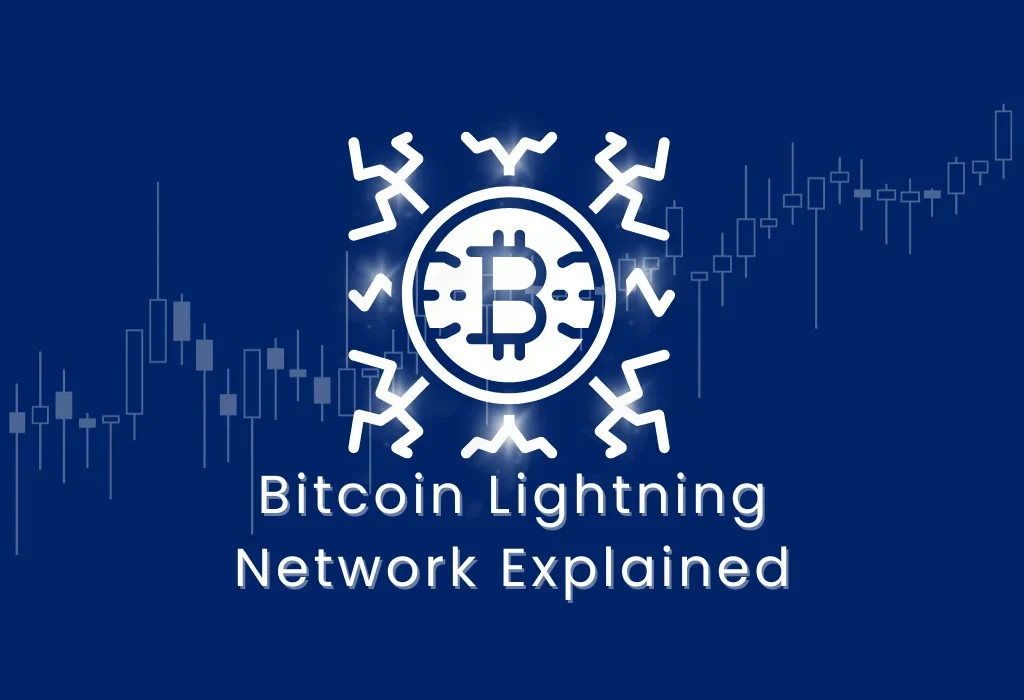Bitcoin Lightning Network Explained
The Bitcoin Lightning Network: A Comprehensive Guide
The evolution of Bitcoin from a novel digital currency to a widely accepted form of payment has been nothing short of remarkable.
However, its journey has been fraught with challenges, chief among them being scalability and transaction speed. Enter the Bitcoin Lightning Network, a solution poised to address these issues head-on, promising to revolutionize the way Bitcoin transactions are conducted. This comprehensive guide will delve into the intricacies of the Lightning Network, elucidating its mechanism, benefits, and how it could shape the future of Bitcoin transactions.
Understanding the Problem
Bitcoin Lightning, the first and most well-known cryptocurrency, was designed to be a decentralized digital currency without a central authority. While this attribute has its advantages, it also introduces certain limitations, especially concerning transaction speed and scalability. The Bitcoin network can process only around 7 transactions per second (tps), significantly lower than traditional payment systems like Visa, which can handle thousands of tps. This limitation has led to longer transaction times and higher fees, especially during periods of high demand.
The Lightning Network Solution
The Lightning Network is a “second layer” accomplished payment protocol that operates on top of a blockchain-based cryptocurrency like Bitcoin. It is designed to enable fast, low-cost transactions by allowing users to create payment channels between any two parties on that extra layer. These channels can exist for as long as required, and because the transactions conducted within them do not need to be immediately broadcast to the blockchain, they can be completed almost instantly and at a fraction of the cost.
The Bitcoin Lightning Network
This all-in-one guide will give readers the insights needed to seize the opportunities presented by these two developments.
The transition from an innovative electronic currency to a broadly used means of pay has been spectacular in terms of the difference achieved in a short period. Nevertheless, its growth has been affected by some challenges, especially the industry’s scaling problem and transaction slowness.
The advent of Bitcoin, a solution that is tailor-made to lay down the issues, has given rise to a new protocol- Bitcoin’s Lighting Network. This promises to disrupt the digital monetary ecosystem. This exhaustive guide will take the reader through the nitty-gritty of the Lightning Network explaining the workings of the mechanism, the advantages, and ultimately, how the system will develop and mold the future of it-based transactions.
Understanding the Problem
Bitcoin, the first and most well-known cryptocurrency, was designed to be a decentralized digital currency without a central authority.
This characteristic has been established as an advantage on one hand, but then, on the other, it also represents some constraints, particularly in the area of speed and scalability. The Bitcoin network can process only around 7 transactions per second (tps), significantly lower than traditional payment systems like Visa, which can handle thousands of tps. The slow transaction speed and high fees have emerged as an adverse impact of the limited scalability of the network, particularly when there is an increase in demand.
The Lightning Network Solution
The Lightning Network is a “second layer” payment protocol that operates on top of a blockchain-based cryptocurrency like Bitcoin. It is designed to enable fast, low-cost transactions by allowing users to create payment channels between any two parties on that extra layer. These channels can exist for as long as required, and because the transactions conducted within them do not need to be immediately broadcast to the blockchain, they can be completed almost instantly and at a fraction of the cost.
Challenges and Considerations
While the Lightning Network holds great promise, it is not without its challenges. Technical complexity and the requirement for users to be online to receive payments are among the hurdles that need to be addressed. On the other hand, the network is a baby right now and capacity expansion and utility are the challenges it faces. These include difficulty in supplying enough liquidity and fostering a well-developed network of users.
Next year, we will fully integrate the lighting network into our operating system infrastructure.
The Lightning Network has the ability to flip the switch that will pave the road to a functional payment system for Bitcoin. Consequently, the increasing number of adoption and maturity of the network can lead to new-era cryptocurrency functionality, which in turn is aimed at bringing down costs, speeding up Bitcoin transactions, and improving scalability. Bitcoins will become a more valuable asset by this and they will become leaders in the cryptocurrency market.
In conclusion:
The Bitcoin lightning network can be referred to as the essential innovation of the crypto community. With scalability and transaction speed as the core issues addressed, one can easily visualize Bitcoin serving as a global payment method if it becomes more widely accepted. Jan still has ways to go but the results so far are encouraging. Therefore the development of LN could become the factor that might provide the whole potential of Bitcoin.


